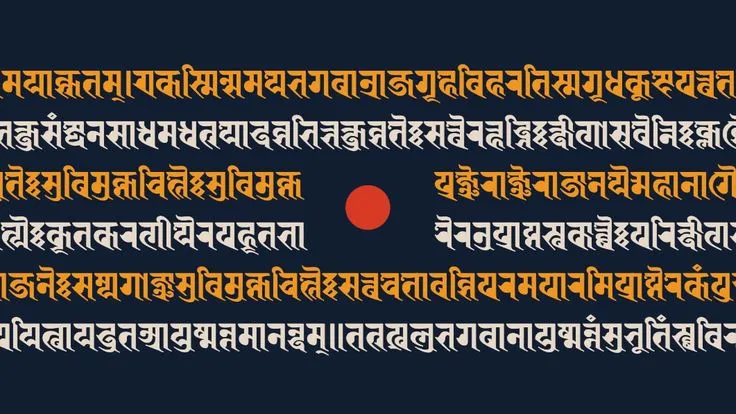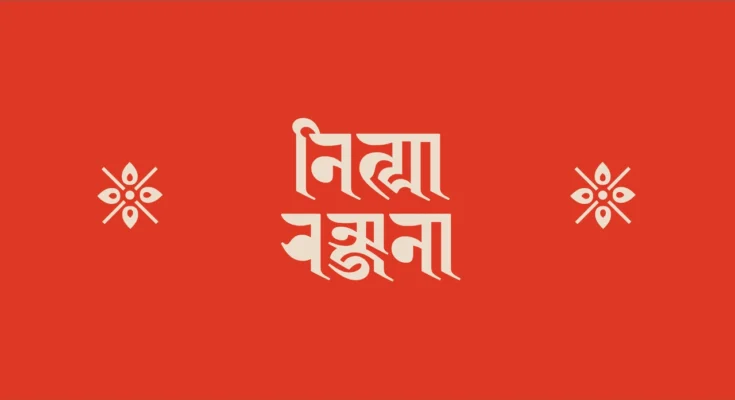Nithya Ranjana is a typeface based on the calligraphic style of Ranjana script from Nepal.
Ranjana originated sometime between the 8-11th centuries and is used to write Sanskrit and Nepal Bhasa. Mainly used for writing Buddhist and Hindu texts in South Asia, it holds cultural and historical significance for the Newar people of the Nepal’s Kathmandu Valley. Ranjana has a rich legacy in manuscript calligraphy, stone inscriptions, wood engravings and paintings, but it has had limited digital representation due to its complexity and lack of Unicode support.
The challenge in creating the Nithya Ranjana font was to strike a balance between Ranjana’s heritage and contemporary requirements. Apart from vowels, consonants, numerals and punctuation marks,

Nithya Ranjana supports 750+ unique conjuncts used in Sanskrit, Nepal Bhasa and Pali languages. It includes an additional 600+ froms to correctly and elegantly represent its many unique combinations. It has four stylistic sets, one each for alternate conjuncts and above base matras, and two for 40 Kutakshar forms (monogram-style word marks) making it ideal for historical and contemporary usage.
source :https://kyooriusdesign.awardsengine.com/


